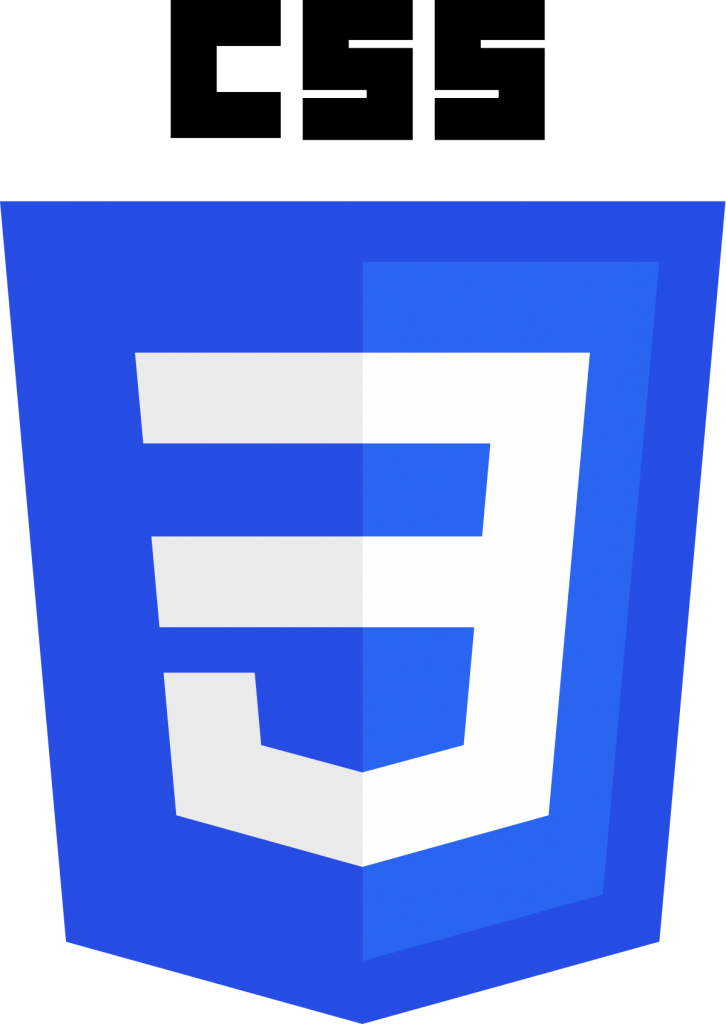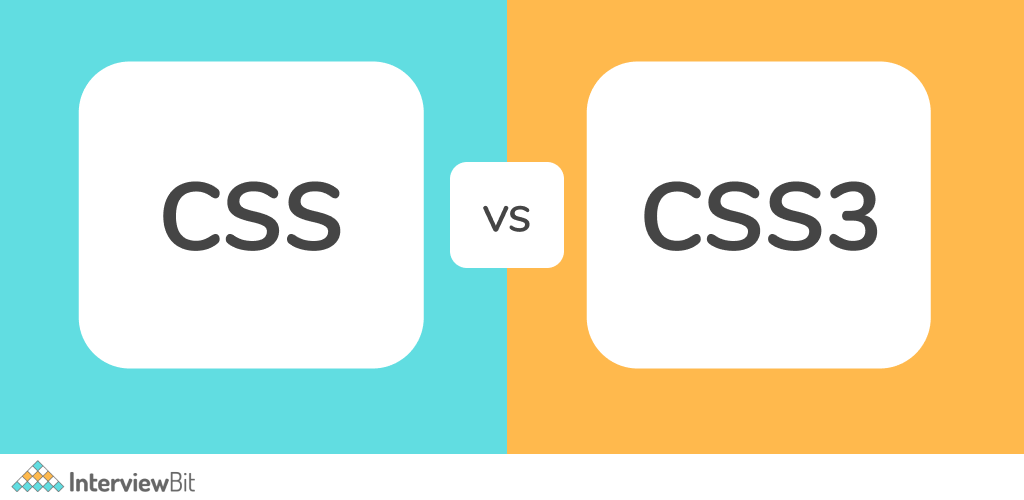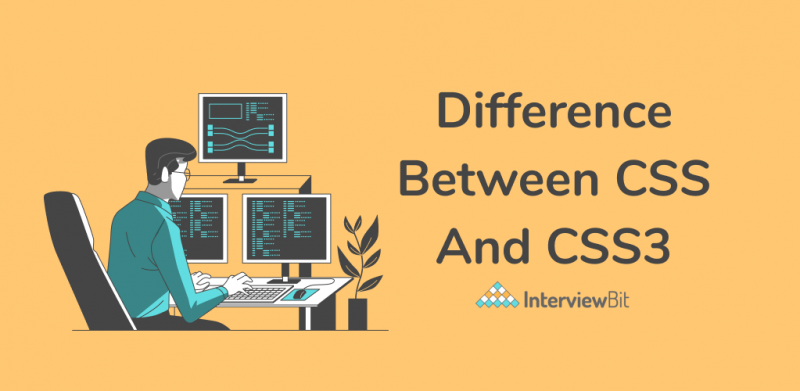Introduction
In this internet-dominated age, websites and web applications have become an indispensable part of our lives. From gathering information and buying groceries online to indulging in gaming and managing different kinds of projects, we can do a lot of things by simply leveraging the power of the web.
However, while functionality is important, the appearance of websites and web applications does matter a lot too. If you are into web development, you may be well aware of the importance of CSS as it is responsible for styling web pages.
CSS or cascading style sheets is the fundamental technology along with HTML and JavaScript that allows you to build modern websites and web applications. Whether you are an aspiring web developer or someone eager to learn a little more about web development, you may come across the CSS3 vs CSS debate.
Confused about your next job?
Well, in this article, we will be focusing on highlighting the difference between CSS and CSS3 in detail. But before we start with the detailed comparison, we just want you to know that CSS3 is the enhanced version of CSS. Now, let us discuss CSS and CSS3 along with their key features in the upcoming sections.
What is CSS?
CSS is the acronym for Cascading Style Sheets, which is a stylesheet language used to style or beautify the elements of a web page. CSS is one of the most important skills that a web developer needs to create visually appealing websites. It is developed by the World Wide Web Consortium (W3C).
In general, Cascading Style Sheets makes it possible to style elements created with a markup language (usually HTML). The best thing about CSS is that its syntax is quite straightforward, making it easier to learn and use the same for styling websites and web pages.
When developers create the layout of a web page and add elements to it using a markup language like HTML, the overall appearance remains dull. CSS allows developers to add various attributes, like background color, font size, text color, and border size, and also alter their values to make the visuals of the webpage more appealing.
Features of CSS
CSS comes with several features that make it possible for developers to style pages in the way they want. Some of the key features of CSS are discussed as follows:
- Animations – One of the best things that CSS can do is to enable simple animations on web pages. By animating elements, it is possible for you to create web pages that are more appealing and drive user engagement. With CSS, you can choose what elements to animate and also how they should be animated. Moreover, adding animations with CSS is quite easy.
- Custom Properties – Another notable feature of CSS is its ability to declare and use custom properties. In general, there may be instances where you need to use the same CSS properties for different elements. Declaring the same properties, again and again, can waste a lot of your time, and this is where custom CSS properties come to your rescue.
Let us consider that you want to use the same text colour for different elements of a web page. Instead of declaring the property and its value repeatedly, you can simply assign the value to a variable and add that variable wherever required. So, in this way, you can use custom CSS to style web pages faster and more efficiently.
- Font and Text Properties – CSS allow you to add various font and text properties to make the content more presentable. Some of the most common font and text properties include font family, font size, font style, font weight, background colour, color, text align, and text indent.
- Alignment, Spacing, and Positioning – Another remarkable aspect of CSS that makes it an exceptional style sheet language is its ability to align, space, and position elements. While designing web pages, you may need to align elements properly with respect to other elements and position them appropriately to avoid clutter. With CSS, you can align and position text, images, and other elements with ease.
Also, you can use properties like letter-spacing and word-spacing to make sure that the text on a web page is easily readable.
What is CSS3?

The CSS3 stands for Cascading Style Sheet Level 3 – the latest version of the Cascading Style Sheets. This version is the most advanced version of CSS. Also, if you are guessing that there should be CSS2, you are absolutely right. CSS3 is the successor of CSS2.
If we talk about the purpose, CSS3 exactly has the same objective as that of CSS, i.e., to style web pages and make them visually appealing. However, CSS3 does it more efficiently while offering more modern features and better convenience to developers.
The key highlight of CSS3 is its modules, which are documents containing different sets of features of CSS3. In CSS2, there was a single specification document containing all the features. However, the modules in CSS3 make it much easier for developers to learn and use different features for beautifying web pages.
Features of CSS3
CSS3 offers you nearly all the features available in CSS1. However, being the successor of CSS, it comes loaded with several better and more advanced features. The most important among them are listed as follows:
- Advanced Animations – Animations are probably among the key highlights of CSS since it allows you to animate elements on a web page without the use of JavaScript or Flash. However, CSS3 comes with even more advanced animation capabilities compared to its predecessors.
CSS3 allows developers to use animations, transitions and transforms to display elements with special effects. There are several simple as well as complex animation properties that you can use to define how and when a web page element should animate.
- Text and Box Shadows – CSS3 come with built-in support for text as well as box shadows. You can easily apply shadows to different text and even define the shadow color, angle, and blur level with ease.
Thus, there’s no need to photoshop the text for adding shadows to it and use it as an image on a web page. The same is true for adding a shadow effect to an element, which you can accomplish by using the box-shadow property.
- Opacity – The opacity property available in CSS3 allows you to make the elements on a web page partially or fully transparent. You can define the opacity level for an element to make it fully opaque, transparent, or see-through.
- Rounded Corners – Another feature that CSS3 has to offer is the rounded corners. You can use the border-radius property to make the corners of an element round and also define the corner radius.
In general, rounded corners allow certain web page elements to look more professional and appealing. Before the introduction of the border-radius property, developers had to write lengthy code just to make the corners of an element round.
- Border Style: CSS3 includes a number of new border styling features, such as border radius, image slice, and the image source, as well as values for “width stretch”.
- Combinator: In CSS3, a new sibling combinator has been added that matches up sibling elements through the tilde (~) combinator.
- Background Style Properties: There have been several new CSS3 features added, including background clipping, style, size, and origin properties.
- Pseudo-Elements: In CSS3, there are a number of new pseudo-elements that allow users to easily style pages in depth. Also added is a new convention of double colons (::).
Difference Between CSS and CSS3

Now, as you are familiar with both CSS and CSS3 along with some of their features, it’s time to discuss the major difference between CSS and CSS3 in detail. CSS was released in December 1996 while CSS3 came out in 1999.
To help you understand better, we have prepared a comparison table below that will draw the differences between CSS and CSS3 based on different parameters. So, here it goes:
| Parameter | CSS | CSS3 |
|---|---|---|
| Modules | CSS specification is not divided into any modules. It has only a single specification document that contains all the functionalities. Thus, learning and using CSS is a bit complex. | One of the significant upgrades that CSS3 has over its previous versions, i.e. CSS and CSS2, is the introduction of modules. Instead of a single specification, all the features of CSS3 are divided into several modules (or documents). The best thing about these modules is that they make it easy for developers to learn and make optimal use of the functionalities offered by CSS3. |
| Responsive Design | CSS is not ideal for creating responsive designs as it doesn’t support media queries. | CSS3 allows the development of responsive web design as it can work with media queries. In fact, CSS3 is the first CSS version to incorporate the concept of media queries. A media query enables developers to define a block containing CSS properties to apply only if a specific condition becomes true. |
| Browser Support | CSS1 is not supported by modern browsers out there. However, it is fully supported by older versions of popular browsers like Google Chrome, and Internet Explorer. | All modern browsers fully support CSS3. |
| Animations | Animations in CSS are quite basic and it doesn’t support transformation, transition, text animation, and 3D animations. | CSS3 comes with advanced animations and there are a lot of customization options. Also, it supports text animation, transformation, and transition. |
| Text Effects | It doesn’t offer any text effects, like text-shadow, text-animation, and text-overflow. | With CSS3, it is possible to add different types of effects to the text on a web page. There are many advanced features in CSS3, such as text shadows and visual effects. It also comes with a wide range of font styles and colors. Text shadow is one typical text effect property that makes it possible to add shadow to text and also customize it as per personal preferences. |
| Color Options | CSS supports a set of standard colors. It makes use of basic color schemes only. | The color options in CSS3 are vast and it allows developers to play with colors using gradients. Also, it supports different color schemes, namely RGB, HSL, and HSLA. |
| Lists | With CSS, it is possible to add a custom image for a list item marker. Also, it allows developers to set a background color for lists as well as individual list items. | Lists in CSS3 work differently than in CSS. While using lists in CSS3, it is essential to declare the value of the ‘display’ property as ‘list-item.’ Also, lists in CSS3 don’t support numbering. |
| Pseudo Classes | CSS supports pseudo-classes that allow developers to define a particular state of an HTML element. For instance, you can use the pseudo-class to highlight links on a web page that have been already clicked by a user. | CSS3 also allows developers to use pseudo-classes. However, the pseudo-classes in CSS3 come with advanced functionalities, such as you can target the child elements of a parent element based on their position with respect to the parent. |
| Rounded Corners | CSS doesn’t have any specific property to make the corners of the elements round. To do so, there’s a lengthy process involved, which requires developers to design images that represent rounded corners, store them on the server, and place the image on the web page precisely using CSS properties. | In CSS3, there’s a property named border-radius that makes it possible to add elements to a web page with rounded corners. |
| Blocks | CSS only supports single text blocks. | CSS3, on the other hand, supports multi-column text blocks. |
| Backward Compatibility | CSS1 is the first-ever version of CSS, and it doesn’t have an older version with which it can be compatible. However, if we consider its compatibility with CSS3, it isn’t compatible. | CSS3 is backward compatible with CSS. In other words, CSS3 considers CSS code to be valid. |
| Performance | CSS offers average performance as compared to CSS3. Moreover, it is memory-intensive, i.e. CSS requires high memory usage. | CSS3 is fast and offers exceptional performance. Also, CSS3 loads faster than CSS as the memory consumption is not too high. |
| Capability | Using CSS, you are able to position objects and text on the webpage. | On the other hand, CSS3 is capable of making the web page more attractive and takes less time to create. CSS3 is backward compatible with CSS. |
| Animation and Transformation | CSS cannot be used to create 3D animations or transformations. | However, CSS3 allows animation and 3D transformations of all kinds. |
| Browser Support | Modern browsers do not support all CSS codes, so it may be difficult for you to use them. | All modern browsers support CSS3 codes since it is the newest version and is the most widely used. |
| Round Gradients | Using CSS, designers must manually create rounded gradients and corners in order to achieve a professional look. | In CSS3, however, you can set rounded gradients and corners using advanced codes. |
| Memory Consumption | The CSS code is extremely memory-intensive. | Comparatively, CSS3 consumes less memory. |
Conclusion
For anyone new to front-end web development, it’s essential to have a good knowledge of CSS. With CSS, it becomes much easier for developers to style pages and make them visually attractive. However, while working with this popular style sheet language, one particular comparison that grabs the attention of most people is CSS3 vs CSS.
Many developers want to know the difference between CSS and CSS3, and which among them is better. Well, we expect that the detailed comparison drawn above has given you a clear understanding of how both the CSS variants differ from each other.
In a nutshell, CSS3 is the upgraded version of CSS, and thus, is more powerful and feature-rich. Also, you must note that CSS is outdated, while CSS3 is the most popular CSS version supported by nearly all modern web browsers. So, to create responsive and highly appealing websites, CSS3 is the best option that you need to go with.
FAQs
Q.1: Should I learn CSS or CSS3?
Ans: CSS3 or CSS Level 3 is currently the most widely adopted CSS version that comes with several advanced features compared to its precursor. So, if you want to make the most out of this stylesheet language, you need to learn CSS3.
Q.2: Is CSS difficult to learn?
Ans: No, CSS is quite easy to learn, especially if you compare it to programming languages. CSS is a style sheet language that uses plain syntax that you can learn and understand quite easily. However, if you want to master CSS, you may need to put in some extra effort.
Q.3: Is there a career in CSS?
Ans: CSS is among the key languages or technologies that front-end developers should know to accomplish their everyday tasks. However, you need to have knowledge of HTML and JavaScript along with CSS to build a successful career in the field of web development, especially client-side or front-end development.




